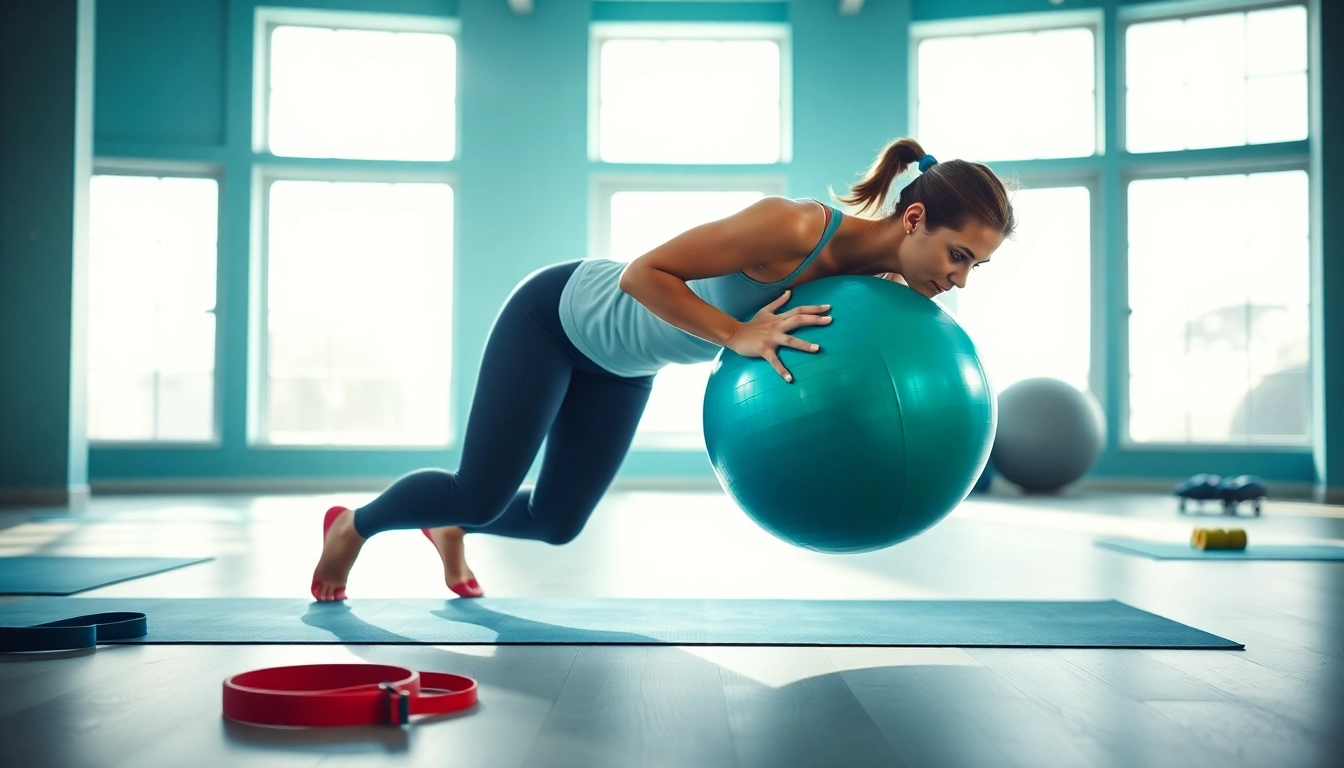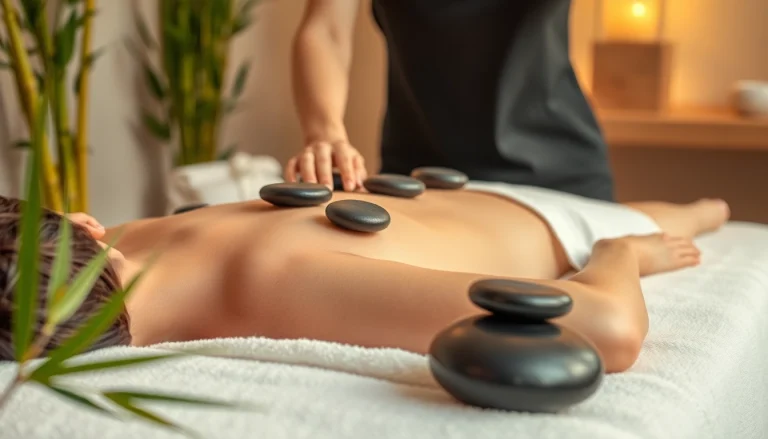Understanding the Pilates Ball for Core Workouts
The pilates ball for core workouts is not just a trendy piece of fitness equipment; it’s a versatile tool that can enhance strength training and aid in improving overall fitness. Designed primarily to aid in balance and stability, the Pilates ball serves as a multifaceted resource for those looking to strengthen their core. In this article, we will explore what a Pilates ball is, its benefits, and how it can effectively enhance your core strength.
What is a Pilates Ball?
A Pilates ball, often referred to as a stability ball or exercise ball, is a large, inflatable ball typically made of elastic PVC. The ball comes in various sizes, usually ranging from 45 cm to 75 cm in diameter, catering to individuals of different heights and needs. The primary purpose of the Pilates ball is to engage the core muscles effectively while providing an unstable surface that challenges balance and coordination during workouts.
Benefits of Using a Pilates Ball
Incorporating a Pilates ball into your fitness regimen offers numerous benefits. Here are some key advantages:
- Enhanced Core Stability: The unstable surface forces your body to engage core muscles more effectively to maintain balance, leading to improved stability.
- Improved Flexibility: Many exercises performed on the ball enhance flexibility, particularly in the spine and hips.
- Injury Prevention: Training with the ball can help strengthen the back and core, reducing the risk of injuries.
- Versatility: The ball can be used for various exercises targeting different muscle groups, making it a flexible addition to any workout routine.
- Engagement of Multiple Muscle Groups: Many exercises with the ball engage not just the core, but also the legs, arms, and glutes, allowing for a full-body workout.
How Does a Pilates Ball Enhance Core Strength?
A Pilates ball enhances core strength by providing an unstable surface that requires your body to stabilize itself. Here’s how it works:
- Activation of Core Muscles: When you perform exercises on the ball, your core engages to maintain your position, activating deeper stabilizing muscles.
- Balance Challenges: Maintaining balance on the ball forces you to recruit different muscle groups, thus enhancing coordination and balance, which are essential components of core strength.
- Dynamic Movements: The ability to move up, down, and side to side on the ball targets muscles in a way that static exercises cannot, promoting dynamic strength and stability.
- Improved Posture: Regularly using a Pilates ball can strengthen the muscles responsible for good posture, supporting your spine and reducing discomfort.
Core Workout Techniques Using the Pilates Ball
Now that we understand the benefits of the Pilates ball, let’s delve into various workout techniques for all levels, from beginners to advanced practitioners.
Basic Exercises for Beginners
For those new to exercising with a Pilates ball, start with these foundational exercises:
- Wall Squats: Stand with your back against a wall and place the ball between the wall and your lower back. Slide down into a squat position, keeping your knees behind your toes. Hold for a few seconds before returning to the starting position.
- Ball Pass: Lying on your back, hold the ball between your hands. Raise your legs to a 90-degree angle and pass the ball from your hands to your feet. Lower your legs to a few inches off the ground, maintaining tension in your core, and lift them back up to repeat.
- Seated Balance: Sit on the ball with your feet flat on the floor, shoulder-width apart. Engage your core and try lifting one foot off the ground for a few seconds, then switch to the other foot. This exercise helps develop stability.
Intermediate Moves for Enhanced Stability
As your confidence and strength improve, you can incorporate more challenging core exercises:
- Plank on the Ball: Place your forearms on the ball and extend your legs behind you into a plank position. Engage your core and hold this position, focusing on maintaining a straight line from head to heels.
- Ball Roll-Out: Kneel on the floor and place your hands on the ball. Slowly roll the ball forward while keeping your core engaged and your back straight, then roll it back to the starting position.
- Russian Twists: Sit on the ground with your knees bent and feet lifted slightly off the floor while holding the ball. Lean back slightly and twist your torso side to side, tapping the ball on the ground beside you.
Advanced Core Challenges with a Pilates Ball
For experienced users, these advanced exercises will challenge your core strength and stability:
- Stability Ball Pike: Start in a plank position with your shins on the ball. Use your core to lift your hips towards the ceiling, rolling the ball in towards your hands, and then return to the plank position.
- Ball Wall Sit with Overhead Press: Get into a wall sit position with the ball. While maintaining the hold, press a weights overhead for an added challenge.
- Bicycle Crunches on the Ball: Lie on your back on the ball with your feet off the ground. Perform bicycle crunches while keeping your balance on the ball.
Incorporating the Pilates Ball into Your Fitness Routine
Integrating a Pilates ball into your workout not only adds variety but can also be pivotal in creating a balanced fitness plan. Here’s how to do it effectively.
Creating a Balanced Workout Plan
To create a balanced workout plan incorporating the Pilates ball, consider the following:
- Assessment of Goals: Identify your fitness goals, whether it’s strength, flexibility, or weight loss, and tailor your plan accordingly.
- Incorporate Different Modalities: Mix Pilates ball exercises with strength training, cardio, and flexibility workouts to ensure a comprehensive approach to fitness.
- Frequency: Aim to work out at least three times a week, selecting a minimum of two Pilates ball exercises per session to gradually build your core strength.
- Progressive Overload: As you become more comfortable with the exercises, gradually increase the intensity by adding weights or increasing repetitions.
Complementary Exercises to Include
To maximize the benefits, combine Pilates ball workouts with complementary exercises:
- Cardio Workouts: Incorporate running, cycling, or swimming to improve cardiovascular health alongside your strength training.
- Flexibility Exercises: Including yoga or static stretching routines will improve your overall flexibility and help prevent injuries.
- Strength Training: Complement Pilates ball exercises with traditional strength training routines focusing on major muscle groups.
Tips for Proper Form and Injury Prevention
When using a Pilates ball, maintaining proper form is crucial to prevent injury and maximize your workout efficacy. Here are some tips:
- Engage Your Core: Always maintain tension in your core to stabilize your body during exercises.
- Keep a Neutral Spine: Avoid overarching or rounding your back; your spine should remain in a neutral position.
- Start Slow: If you’re new to the ball, begin with easier exercises and progressively move to more challenging ones.
- Stay Hydrated: Drink water before, during, and after workouts to keep your body hydrated.
- Listen to Your Body: If you experience pain beyond normal resistance or discomfort, stop and consult a healthcare professional.
Tracking Progress and Results
Measuring your progress is crucial for maintaining motivation and understanding how the Pilates ball impacts your core strength. Here’s how you can effectively track your progress:
Setting Achievable Core Strength Goals
Establishing realistic and measurable goals is the first step in tracking your fitness journey:
- SMART Goals: Set Specific, Measurable, Achievable, Relevant, and Time-bound goals that clearly define what you wish to accomplish.
- Progress Logs: Keep a workout log detailing exercises performed, duration, and any changes in difficulty to analyze your improvements.
- Body Measurements: Regularly take body measurements or progress photos to visually track your transformation.
Measuring Improvement Over Time
To accurately assess your progress, consider these methods:
- Performance Metrics: Monitor how many repetitions you can perform or how long you can hold a position, noting improvements over time.
- Fitness Assessments: Conduct periodic fitness assessments to evaluate your balance, strength, and overall fitness compared to previous benchmarks.
- Feedback: Consider enlisting the help of a fitness professional for external feedback on your form and progress.
Implementing Adjustments to Your Routine
As you track your progress, be ready to make adjustments based on your results:
- Increasing Intensity: Gradually increase the intensity of your workouts by adding weights, increasing resistance, or advancing to more challenging exercises.
- Variety: Rotate exercises regularly to prevent plateaus and keep your routine engaging.
- Recovery: Factor in adequate rest and recovery to allow your muscles to heal and grow stronger.
Frequently Asked Questions about Pilates Ball for Core Workouts
To wrap up this comprehensive guide, let’s address some frequently asked questions about the Pilates ball and its use in core workouts:
How Often Should I Use the Pilates Ball?
For optimal results, it’s recommended to use the Pilates ball 2 to 3 times a week as part of a well-rounded exercise program. This frequency allows your muscles to adapt while giving them adequate recovery time.
What Size Pilates Ball Should I Choose?
The size of the Pilates ball depends on your height. Generally, for individuals between 4’11” – 5’4″, a 55 cm ball is recommended. For those between 5’5″ – 6′, a 65 cm ball is appropriate, and individuals over 6′ should opt for a 75 cm ball. The proper size will ensure you can effectively engage in exercises without compromising form.
Can Beginners Start with a Pilates Ball?
Absolutely! The Pilates ball is an excellent tool for beginners as it aids in balance and stability while engaging core muscles. Start with basic exercises and gradually progress to more challenging routines as you build strength and confidence.






